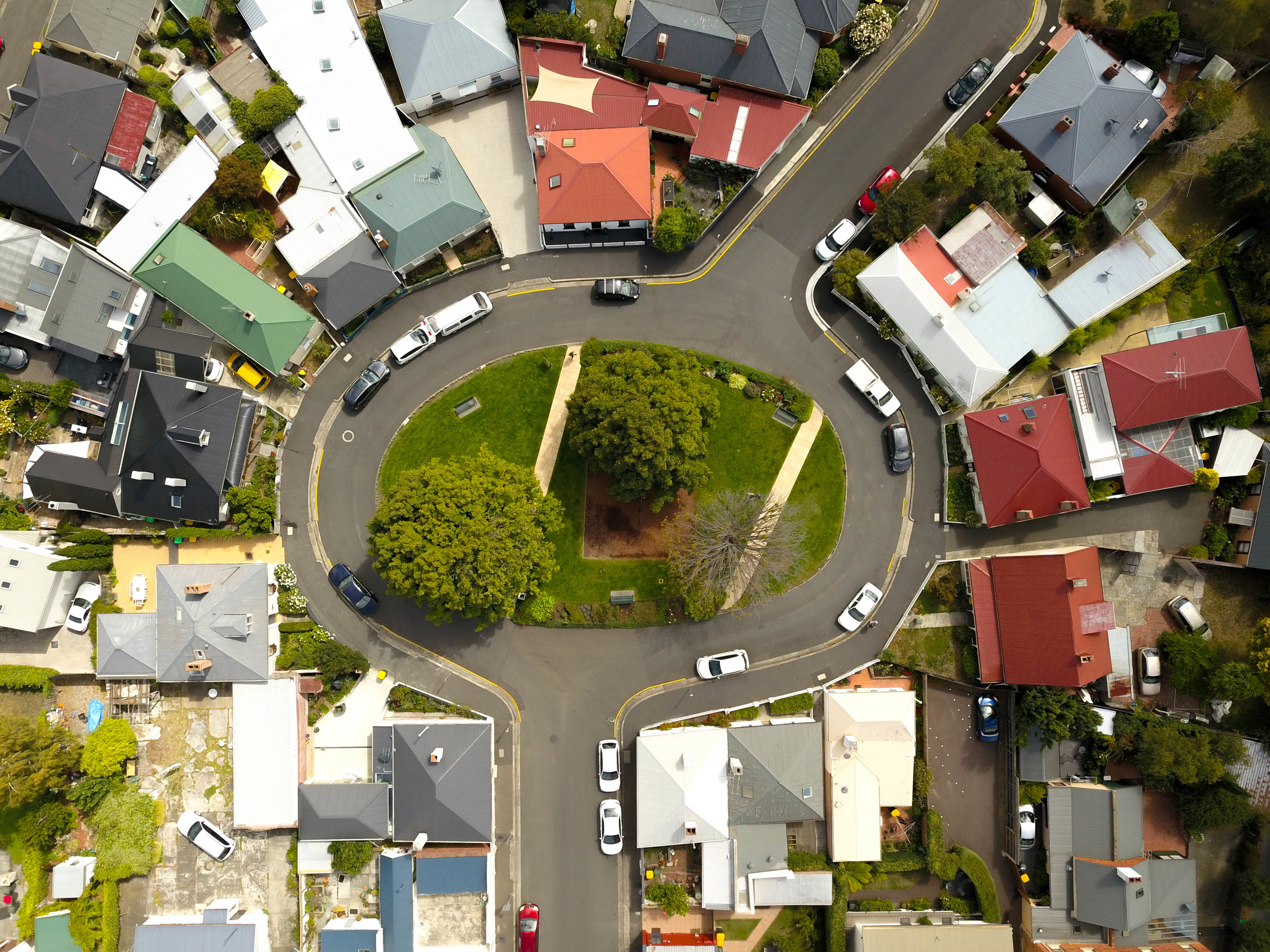Drone Roof Inspections:
A Guide
Drone roof inspections are one of the most common types of inspections by drone.
WHAT IS A DRONE ROOF INSPECTION?
A drone roof inspection is the practice of using a drone to collect inspection data showing the condition of a roof, then using that data to complete an inspection of the roof.
In most drone roof inspections, the data a drone pilot collects is high-resolution photos and video. They may also collect thermal data or LiDAR data.
Without a drone, the traditional way to conduct a roof inspection is for a home inspector or insurance adjuster to climb onto the roof with a ladder.
Once up there, they inspect the portions of the roof they can see with their naked eye, taking pictures of areas that look problematic so they can study them more closely later, and use them to make a final inspection report.
In a drone roof inspection, you are looking for potential damage and wear in different parts of the roof, including:
- Downspouts
- Chimneys
- Flashings
- Gutters
- Materials
- Vents
- Skylights
- Vents
A Note on the Phrase Drone Roof Inspection
In any inspection, inspection data must first be collected, then analyzed by an expert.
Just like the term “drone inspection,” the term “drone roof inspection” is a general phrase that refers to the data collection part of the job. That is, a drone pilot may do a drone roof inspection without actually analyzing the data they collect (that analysis is often done later, by a subject matter expert).
However, some home inspectors use drones to collect the data they need for a roof inspection and then analyze that data themselves. But it’s more common for a drone pilot to collect the data and give it to a professional inspector, who will then complete the inspection.
THE BENEFITS OF DRONES FOR ROOF INSPECTIONS
When you use a drone for a roof inspection, you don’t have to climb a ladder and walk around the roof in order to inspect it—all the data you need for the inspection can be collected safely from the ground.
But safety isn’t the only benefit of using a drone to inspect a roof.
Here are the five main benefits of doing roof drone inspections instead of doing them manually.
1. Increased Safety
We’ve already mentioned the safety benefit, and it’s both big and obvious: when you use a drone to do a roof inspection, you don’t have to endanger yourself to get the data you need.
By reducing or even eliminating the need for a person to go onto the roof, the entire inspection process becomes significantly safer.
2. Increased Speed
Just think about it—putting up a ladder, climbing onto the roof, walking around and taking pictures. All of that takes time.
Compare this to sending a drone into the air while it records video constantly, pausing to snap extra photos as needed.
The second approach is much faster, because it removes all the manual steps found in the first one.
3. Cost Savings
Speeding things up also means reducing the overall cost of each roof inspection.
If you’re a home inspector or insurance adjustor and you can get more work done in a single day due to drones helping you speed up your work, those savings can go directly into your pocket as extra profit.
4. More and Better Data
Because a drone is shooting video footage the entire time it’s in the air, you get way more data than you would if you were walking around on a roof, occasionally taking photos.
And the quality of that data is typically as good as, and sometimes better than, the data you’d get by snapping photos manually, in part because drones now have incredibly high quality cameras.
5. Accessing Hard-to-Reach Places
When doing a roof inspection in person, there can be roofs—like a tower roof, a turreted roof, or other steeply pitched types—that are just too hard or too dangerous to walk or climb on.
In these instances, the inspector will often call it, and declare that they can’t inspect that part of the roof.
This isn’t ideal. Without that data, a home buyer may have to make a decision without knowing the full condition of the roof, or an insurance adjustor will just have to make a decision based on what they can see from the ground.
Drones bypass this problem of accessibility, making it possible to collect visual data on any part of a roof you need to inspect, no matter how hard it may be for a person to reach it.

